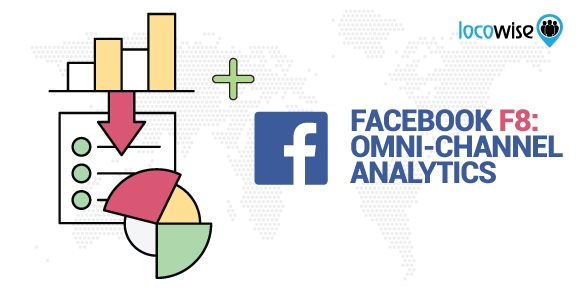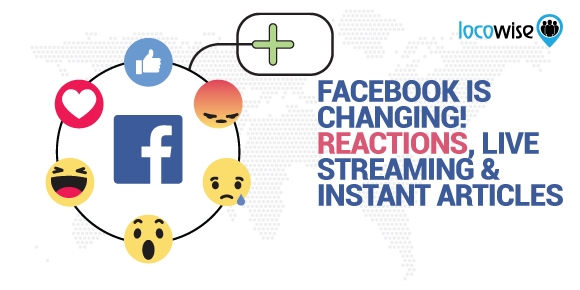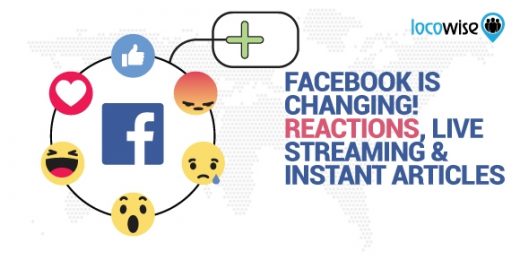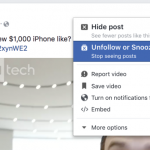The Facebook News Feed Algorithm And Your Brand
— August 15, 2017
If there’s one place on social media where there is a huge daily struggle to rise above the ‘noise’ it is Twitter. With tweets appearing literally every second, and in their thousands across the platform, your contribution has to be pretty special to get a look-in.
And this is becoming the same situation on Facebook. Except it is because Facebook uses a special ‘algorithm’ to decide what you see in your feed. And it uses the same algorithm for everyone else’s feeds.
Basically, if you don’t get that algorithm right and modify your approach accordingly, you’re going to be drowned by that noise.

While it is encouraging that Facebook assesses and decides what you see (as opposed to the meat grinder approach of Twitter) it is also becoming even more obvious that brands have to tailor their content to the highest degree.
Adam Mosseri
This guy essentially told the world how Facebook manages its algorithm at F8 this year. The F8 summit is a kind of tech guy’s dream. A summit designed around technology on Facebook. At this year’s summit, alongside all of the sessions about new features, the company used Adam to break down what the algorithm is, and how it works.
What he said went some way towards helping brands understand how they can make more use of the algorithm. Adam spoke about how the thing worked, and this gave brands plenty of clues on how to improve their efforts and master the News Feed.
It certainly isn’t rocket science, but it does give a fascinating insight into how Facebook views its audience. And it’s about as far removed from Twitter as you can get.
Basically, when you open up your News Feed, Facebook works to make a full inventory of what is out there. It looks at the posts that your friends make, and also the content on pages you like. This is a way to get a view on what is available to you, prior to breaking it down for consumption.
Then Facebook starts to get to work, with an aim of showing you content that it feels is interesting and appropriate to your tastes. To do this, it looks for ‘signals’. These signals are many in number, and Facebook was clear about this at F8.
All kinds of signals are found too, from the mobile device a post is made on, to the number of complaints made about the user who is creating the content. It’s sophisticated, and it does a great job of sifting through the noise and finding stuff that you might be interested in.

Just let that sink in for a second. Facebook takes the data and uses it to predict the behaviour you will show for each piece of content that is out there. The predictions range from the user will like the post, or share it. Or, indeed, both. This leads to Facebook then seeing which of the posts have the best score in that regard, and then showing you the posts in your feed as a direct result.
Adam also spoke about the ‘relevance score’ that Facebook’s algorithm comes up with, after doing the inventory, checking the signals and then predicting. It shows you what it has come up with as content in your feed. And you know what? It’s nothing more than a very good, well-informed guess.
But it works.
How to win
The News Feed of an audience is where every brand wants to be, all of the time. Obviously, this is not always possible, but you can play to win at least.
Make sure as much of your content as possible is primed to gain a reaction from your audience. When we say reaction, we mean Reactions, the still relatively new way to show how you have responded to a post.
They are given a little more weight than Likes right now, so they should be chased by brands. Make your audience laugh and smile, or get them engaged with something slightly controversial and opinionated. But aiming to get Reactions is a key aspect for future success in News Feeds.

Video too
Get video established as a main part of your Facebook content strategy. It has been a long while since anyone though Facebook Video was ‘up and coming’. Get better at it for one simple reason. People spend time on video if it is good.
And spending time on your page means that there is engagement rather than just surfing. And guess what? Engagement is a key signal that Facebook uses to measure content and its relevance.
Audience Insights
Now that you now a little more (or at least the official version) on how the algorithm works, get fine-tuning.
Use your metrics to see which posts resonate the most and produce more of this type of content.
Use Facebook’s own Audience Insights feature to focus on the interests that your audience have.
And for the love of all that is social, get your video right.
The algorithm should be your friend. Just work hard to please it.
Digital & Social Articles on Business 2 Community
(14)













